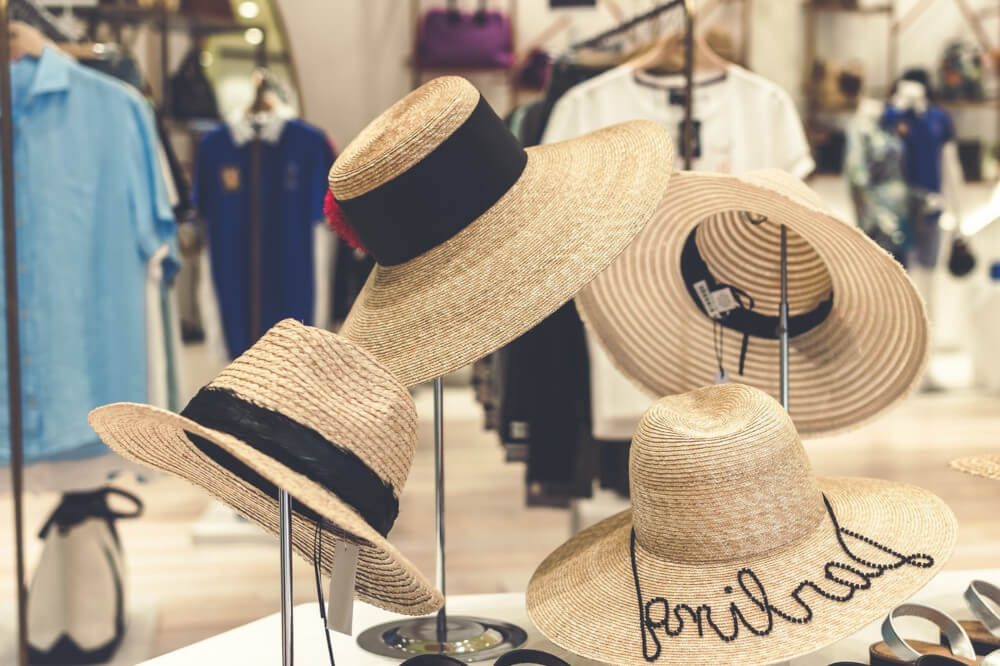For a grocery store to become a success, it is important to consider the shopping habits of customers. Displaying inventory in an attractive way will prompt consumers to buy, while empty shelves will drive them away. Although there are general strategies that most grocery stores employ, some have their own strategies. For example, Wal-Mart in the USA has dedicated “greeters” in an attempt to make customers’ shopping experience more pleasant. Grocery stores in South Africa face their own unique set of challenges in order to keep their customers happy and coming back.
1. Aesthetic Appeal
One of the most important things that will influence customers is the general appearance of the grocery store. Ensuring spills are cleaned up as quickly as possible, keeping well-stocked displays, and having well-dressed, friendly staff are vital aspects. A problem that is uniquely South African which many people have had to deal with is beggars sitting outside grocery stores asking customers for food or donations. This can have numerous negative effects, such as making customers uncomfortable and, in some cases, compromising the customer’s safety. Allowing beggars outside your grocery store negatively affects the overall image of the store and can influence whether customers will return.
2. Layout
The layout is arguably the most important factor in deciding whether your store will be a success. Many grocery stores keep fresh produce in the front (such as fruit, vegetables and flowers). Although these items may have been sitting on the shelves for a while, it instantly gives the customer the appearance of a fresh, clean grocery store. Keeping essentials in the back, such as milk, bread and toiletries, will ensure customers have to navigate through the store in order to find the item they are looking for. As every shop owner knows, keeping customers in the store for as long as possible is vital as it heightens the chances of them seeing something they want to purchase, even if they didn’t come specifically for that item.
3. Impulse Items
Items are positioned by the cash register in order for customers to purchase them on impulse while they are waiting to check out. Impulse items are one of the biggest considerations for a grocery store, as the chances are high that a customer will eye out something they want to buy on impulse. Consider holidays such as Valentine’s Day, Easter and Mother’s Day: Items such as chocolate and teddy bears are kept right in the front within easy reach of the checkout line. The main reason customers waiting in line choose to purchase impulse items is usually out of boredom, and if the customer has young children with them, the child’s boredom is tenfold. Having inexpensive toys and candy stocked close to the checkout line is very effective, as children quickly grow restless waiting in line. Magazines, chocolate, cool drinks and hygiene items such as lip-ice, packets of tissues and hand sanitizer are very popular.

